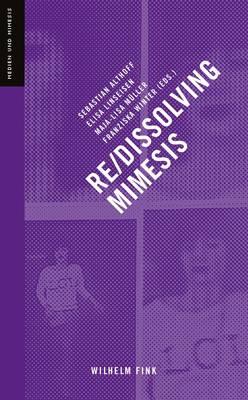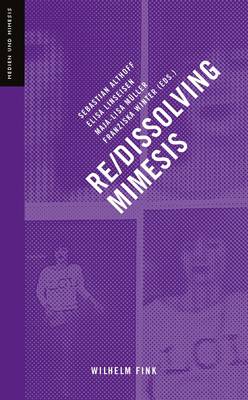
Door een staking bij bpost kan je online bestelling op dit moment iets langer onderweg zijn dan voorzien. Dringend iets nodig? Onze winkels ontvangen jou met open armen!
- Afhalen na 1 uur in een winkel met voorraad
- Gratis thuislevering in België vanaf € 30
- Ruim aanbod met 7 miljoen producten
Door een staking bij bpost kan je online bestelling op dit moment iets langer onderweg zijn dan voorzien. Dringend iets nodig? Onze winkels ontvangen jou met open armen!
- Afhalen na 1 uur in een winkel met voorraad
- Gratis thuislevering in België vanaf € 30
- Ruim aanbod met 7 miljoen producten
Zoeken
Omschrijving
A woman is implicated in an assassination and captured on CCTV. Instead of looking for a truth behind the image - is she really guilty? - the writer and curator Shumon Basar dives deeper into the image itself. The kaleidoscopic result of this "paranoid, associative portrait" is the gateway for the authors of this volume to meme Basar's encounter with the digital image and to unfold what can be recognized as a post-digital image practice. To cut, to split, to reformat, to rearrange, to zoom - these techniques mix up the relation of reality and its representations and show that questions concerning the truthfulness of images under post-digital circumstances come to a dead end. The mimetic status of imagery, the search for the one and only original or false copy becomes an unsolvable quest in a world that is overloaded with images. What the authors of this volume therefore call for is not to neglect the concept of mimesis but to treat it as even more important - though as a dynamic not as a normative, hierarchical ranking tool.
Specificaties
Betrokkenen
- Uitgeverij:
Inhoud
- Aantal bladzijden:
- 294
- Taal:
- Engels
- Reeks:
- Reeksnummer:
- nr. 6
Eigenschappen
- Productcode (EAN):
- 9783770564958
- Verschijningsdatum:
- 1/02/2020
- Uitvoering:
- Paperback
- Formaat:
- Trade paperback (VS)
- Afmetingen:
- 105 mm x 170 mm
- Gewicht:
- 254 g

Alleen bij Standaard Boekhandel
+ 98 punten op je klantenkaart van Standaard Boekhandel
Beoordelingen
We publiceren alleen reviews die voldoen aan de voorwaarden voor reviews. Bekijk onze voorwaarden voor reviews.










